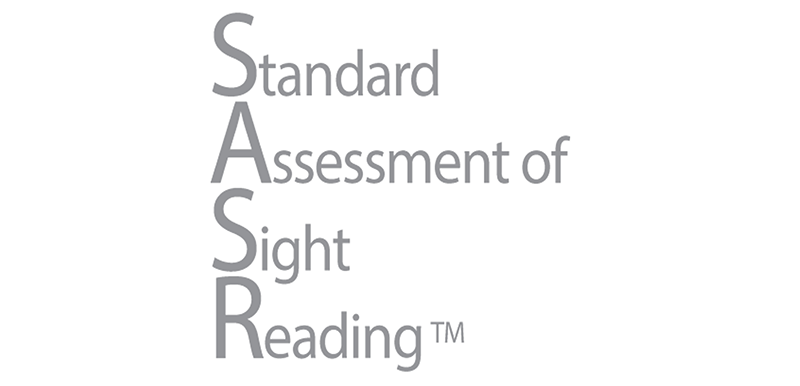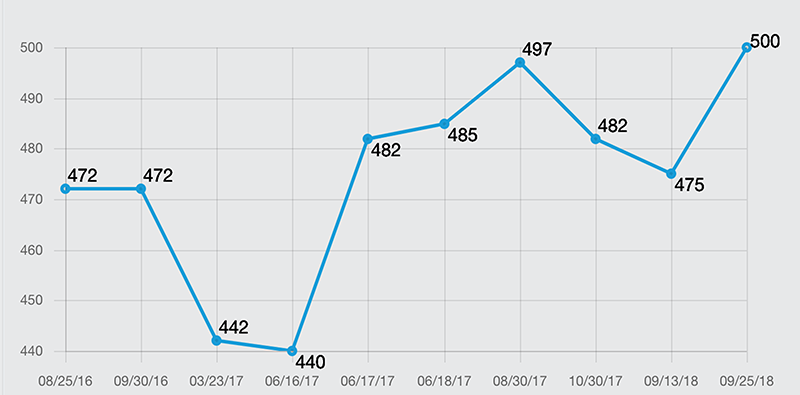The SASR has been developed over the past 5 years into a sight reading tool, unlike anything you’ve seen before. The SASR features over 2,000 sight reading excerpts divided into 90 levels.
As you take the SASR test, Piano Marvel will automatically select excerpts that will challenge you. It’s like an intelligent sight reading test that gives you an amazing sight reading workout at the same time! Think you can beat the test? Ha! We would like to see you try.
Learning to sight read piano music is difficult. One of the reasons so few ever gain proficiency in music reading is that there are no good tools available to practice sight reading, until now! Good sight reading is a skill that requires you to practice reading music that is not too easy and not too hard.
This is the magic of the SASR. With each excerpt you play, Piano Marvel tracks your scores and uses sophisticated algorithms and predictive models to determine which excerpts you should play next. By doing so, you will be sight reading pieces that are customized for your sight-reading level. This method allows you to maximize the effectiveness of your sight reading practice allowing you to see huge gains in your sight reading ability within a short amount of time.



The SASR contains 90 individual sublevels which are part of 18 total levels. The lowest possible score on the SASR is a 100 and the highest is 1900. Each increase of 100 represents one level. So someone who receives a 300 on the SASR test is sight reading at a level 3, and a 550 would indicate sight reading at a mid-level 5.
Want to improve your sight reading in a hurry? Take the 30-day SASR challenge and learn to read piano music better in only 12 minutes a day.
Simply take a SASR test in Piano Marvel every day for 30 days and watch your sight reading score climb higher. In as little as 12 minutes a day, we are confident you will see a significant boost in your sight reading scores!

In the summer of 2020, Piano Marvel went on a search to find some of the best sight readers in the world. Our goal was to determine the difficulty level of some of the hardest piano literature. We assembled the Sight Reading Team and had them play each piece and receive an assessment score through Piano Marvel. We then used those scores to calculate the difficulty level of each piece and insert them into the Standard Assessment of Sight Reading. We would like to thank the members of the Sight Reading Team for their skilled contributions to the field of piano pedagogy and for their dedication to the art of sight reading.
